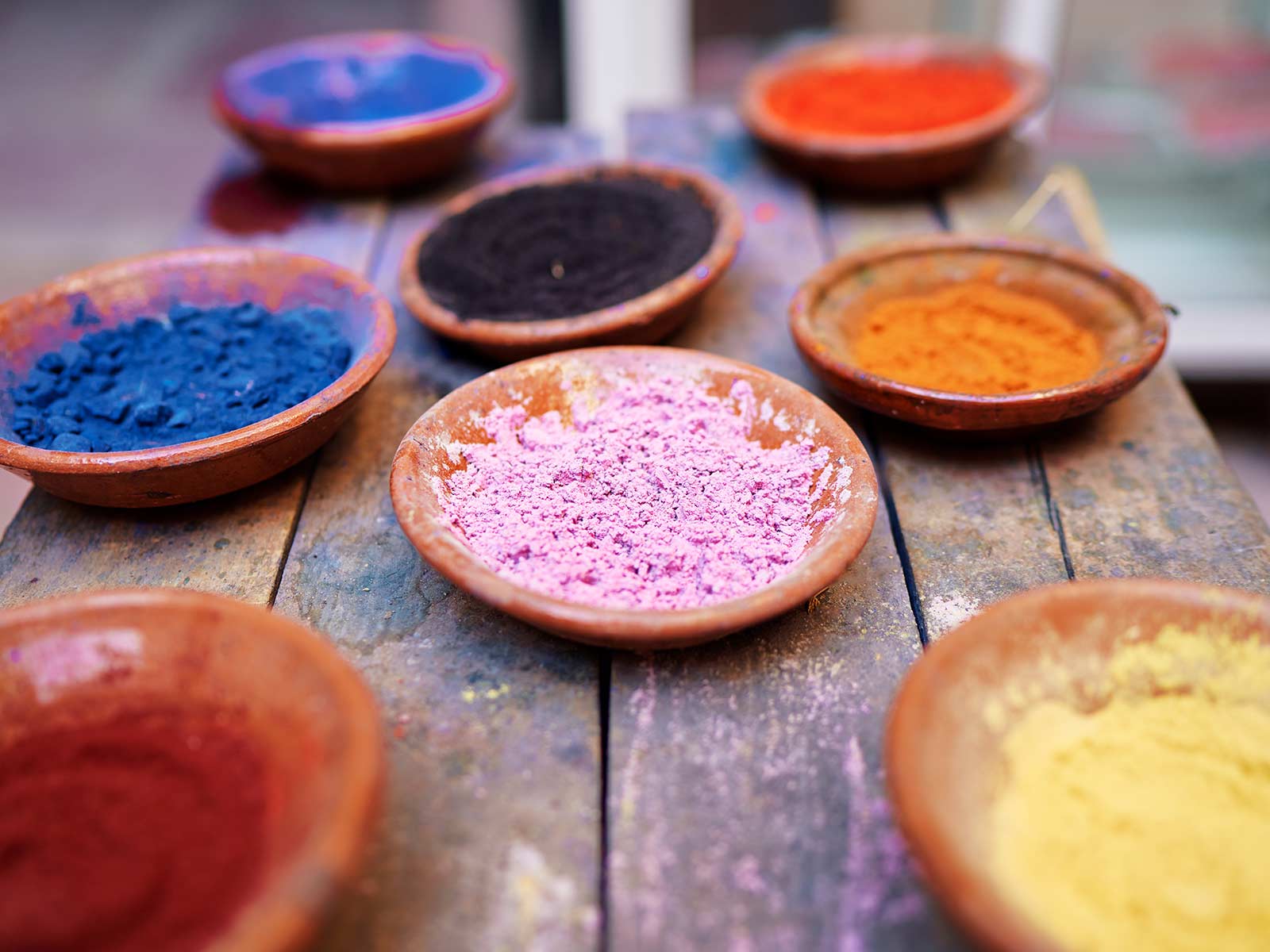Pigments are tiny particles of color that can be found all around us. They’re in the food we eat, the clothes we wear, and even the paint we use to create beautiful works of art.

But what exactly are pigments, and how do they work? Pigments are chemical substances or powders that absorb certain wavelengths of light and reflect others. For example, chlorophyll, the pigment that makes plants green, absorbs all wavelengths of light except for green, which it reflects. That’s why plants appear green to our eyes!
There are two main types of pigments: natural and synthetic. Natural pigments come from plants, animals, and minerals. Some examples of natural pigments include:
- Chlorophyll (green)
- Carotenoids (orange, yellow, and red)
- Anthocyanins (blue, purple, and red)
- Indigo (blue)
- Ochre (yellow, orange, and red)
Synthetic pigments are created in a laboratory. They’re often used in industrial applications, such as printing and painting. Some examples of synthetic pigments include:
- Prussian blue
- Cadmium red
- Phthalo green
- Ultramarine blue
- Quinacridone red
Pigments are used in all sorts of different ways. They’re used to color foods, cosmetics, clothing, and even medicine. But perhaps the most common use for pigment is in art. Artists have been using pigments to create beautiful art for hundreds of years.
Some famous examples of art that uses pigments include:
- The Mona Lisa by Leonardo da Vinci
- The Starry Night by Vincent van Gogh
- Water Lilies by Claude Monet
So next time you see a beautiful painting or a colorful sunset, take a moment to appreciate the pigments that make it all possible!
Here is a fun activity you can try at home:
Make your own pigments!
What you need:
- Red cabbage leaves
- Carrots
- Turmeric root
- Spinach
- Blender
- Coffee filters
- Small bowls
- Paper
- Adult supervision!
Instructions:
- Wash and chop the cabbage leaves, carrots, turmeric, and spinach.
- Place each vegetable in a separate blender cup.
- Add enough water to cover the vegetables.
- Blend until smooth.
- Line each bowl with a coffee filter.
- Pour the blended vegetables into the coffee filters.
- Let the pigments drip into the bowls for at least 30 minutes.
- Once the pigments have finished dripping, you can use them to paint on paper!
Have fun experimenting with different colors and techniques. You can even try mixing the pigments together to create new colors!
